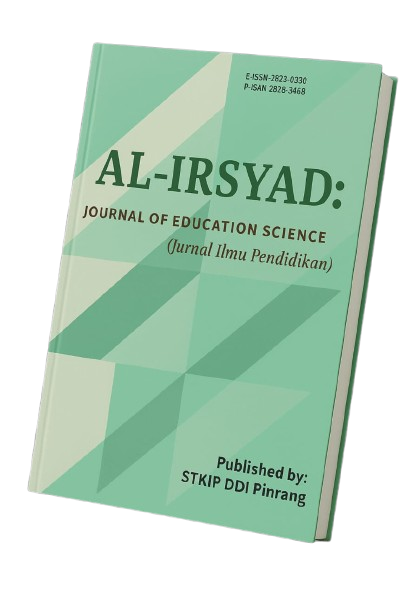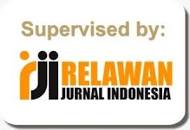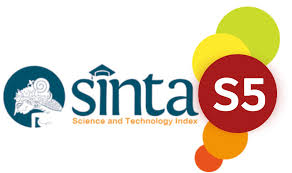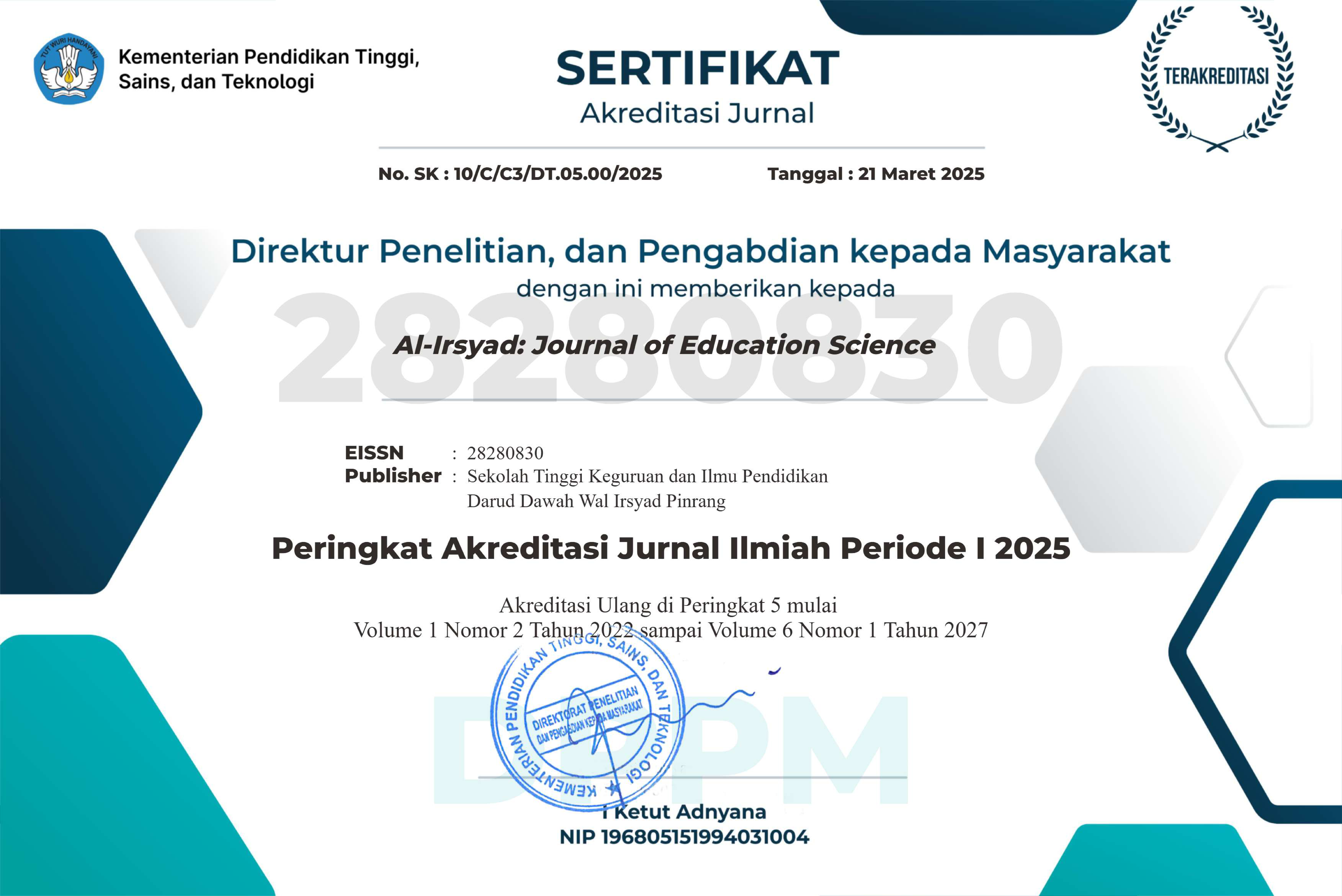THE EFFECTIVENESS OF DUOLINGO IN IMPROVING VOCABULARY MASTERY AMONG FOURTH-GRADE STUDENTS
DOI:
https://doi.org/10.58917/aijes.v4i2.306Kata Kunci:
Duolingo, Elementary Students, Game-Based Learning, Pre-Experimental Design, Vocabulary MasteryAbstrak
This study aims to investigate the effectiveness of the Duolingo application in enhancing vocabulary mastery among fourth-grade elementary school students. Many young learners struggle to retain new English vocabulary using conventional methods, highlighting the need for engaging and interactive digital tools. Using a pre-experimental one-group pre-test and post-test design, 20 students used Duolingo for vocabulary practice over four weeks, with eight sessions lasting approximately 45 minutes each. Data were collected through vocabulary tests before and after the intervention. The results show a significant increase in students’ post-test scores, indicating that Duolingo positively impacts vocabulary acquisition. This finding supports the integration of game-based digital tools into language instruction for young learners. Unlike previous studies that mostly focus on student perceptions or older learners, this study fills a clear research gap by providing empirical evidence of Duolingo’s measurable effect on vocabulary improvement in elementary students. This is novel because younger learners have different cognitive characteristics, requiring more visual, interactive, and repetitive activities to stay motivated and retain new words effectively. By testing Duolingo in this unique context with actual test scores, the study demonstrates that digital gamified learning can be both motivating and effective for primary students. The research contributes to the existing body of literature by emphasizing measurable vocabulary gains rather than perceptions alone.
Referensi
Brown, H. D. (2004). Language assessment: Principles and classroom practices. Pearson Education.
Carneiro, Raphae. (2014). Teaching Vocabulary: Lessons from the Corpus, Lessons for the Classroom. In Domínios de Lingu@gem. Https://Doi.Org/10.14393/Dl15-V8n1a2014-39, 7(2), 809–820.
Creswell, J. W. (2012). Educational research: Planning, conducting, and evaluating quantitative and qualitative research (4th ed.). Pearson Education.
Etikan, Musa, A. (2016). Comparison of convenience sampling and purposive sampling. American Journal of Theoretical and Applied Statistics, 5(1).
Jaelani, A., & Sutari, D. R. (2020). Students’ Perception of Using Duolingo Application as A Media in Learning Vocabulary. In: Bogor English Student and Teacher (BEST) Conference, 2, 40–47.
Marzuki, H. (2015). Improving Students Vocabulary Mastery By Using Pictures.
Pallant, J. (2011). SPSS survival manual: A step‑by‑step guide to data analysis using SPSS. Allen & Unwin.
Permatasari, P., Sudirman, A., & Munawaroh, T. (2022). The Effect of Using Duolingo Application Towards Students’ Vocabulary Mastery at the Eighth Grade of SMPN 2 Banjarsari Lebak-Banten. Journal of English Language Learning, 6(2), 142–148. https://doi.org/10.31949/jell.v6i2.3624
Prensky. (2001). Digital natives, digital immigrants. On the Horizon, 9(5).
Razikna. (2023). STUDENTS ’ PERCEPTION OF THE USE OF DUOLINGO APPLICATION IN LEARNING GRAMMAR. 11(03), 569–578.
Read, J. (2000). Assessing vocabulary. Cambridge University Press.
Suci, M. P. (2022). Batara Didi : Batara Didi, 1(2), 78–89.
Sugiyono. (2015). Metode penelitian pendidikan: Pendekatan kuantitatif, kualitatif dan R&D. Alfabeta.
Susanti, R. (2002). Penguasaan kosakata dan kemampuan membaca bahasa inggris. Jurnal Pendidikan Penabur, 01, 87–93.
Vesselinov, R., & Grego, J. (2012). Duolingo Effectiveness Study. City University of New York, USA, December 2012, 1–25.
Unduhan
Diterbitkan
Cara Mengutip
Terbitan
Bagian
Lisensi
Hak Cipta (c) 2025 Dadan Hidayat

Artikel ini berlisensi Creative Commons Attribution 4.0 International License.























